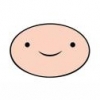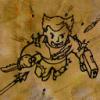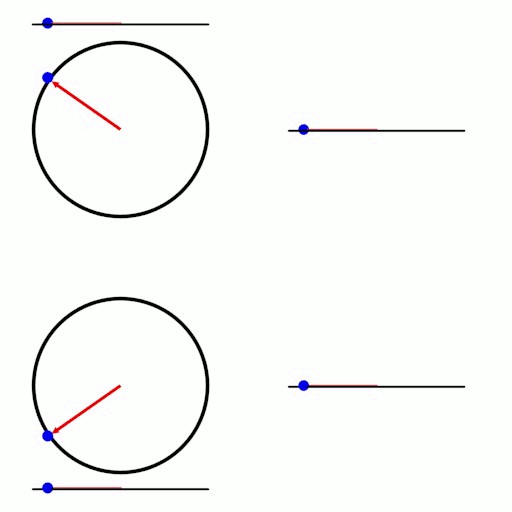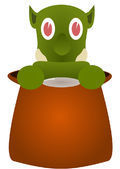There is a theorem (classification of compact Lie Groups) that says there is only one associative, multiplicative structure on the 3-sphere (up to an isomorphism). It's generated by 1, i, j, k such that
i^2=j^2=k^2 = i*j*k = -1
So your question is can we have i, j and k represent rotations by 90 degrees instead of 180? Let's assume that they represent 90 degrees, then -1 = i^2 represents a rotation by 180 degrees.
But you can convince yourself that i*j*k is not a rotation by 180! So this is not possible. In fact the equations i^2=j^2=k^2 = i*j*k = -1 only hold if i, j and k represent rotations by 180:
if Rx(a), Ry(a) and Rz(a) are rotations by angle a around x, y, z respectively, then we must have:
Rx(a)^2 = Rx(a)*Ry(a)*Rz(a)
Multiplying by the inverse of Rx(a) on the left:
Rx(a) = Ry(a)*Rz(a)
If you write this equation in terms of elementary rotation matrices containing sin(a) and cos(a), you will find the solutions are: a = 0, 180, 360...
But obviously a = 0, 360,.. are the trivial solution (where each quaternion is a rotation by 0 angle). So it must be that a = 180.







.thumb.jpg.77cc3286e4590965bef56e5a870eefa5.jpg)



